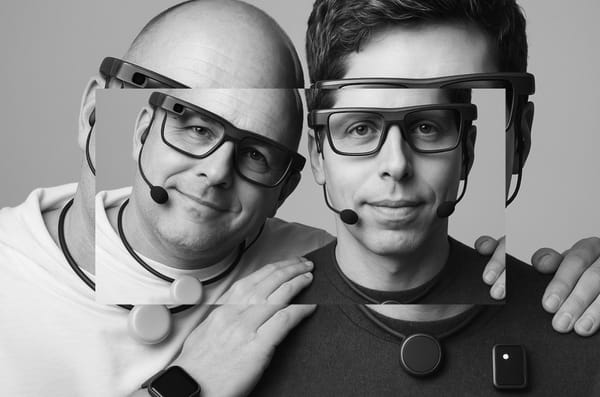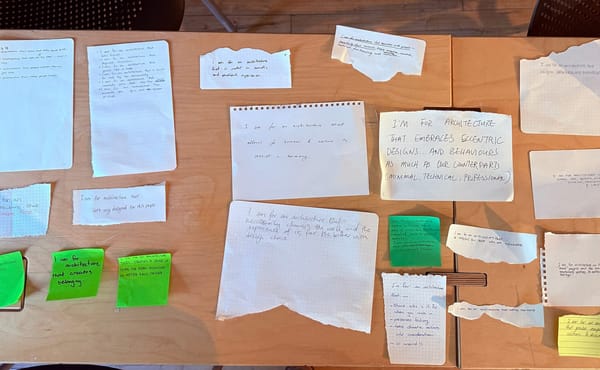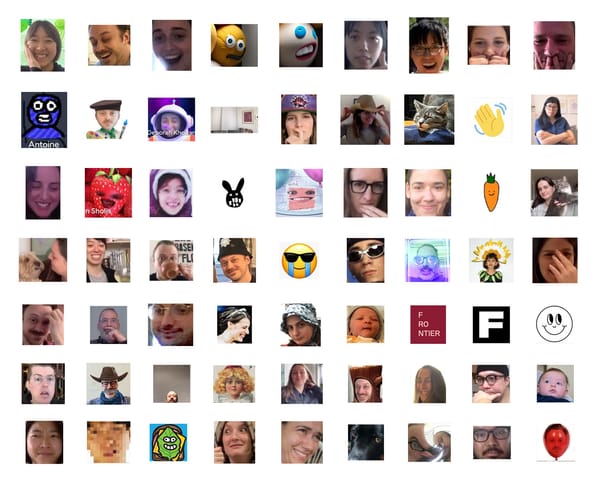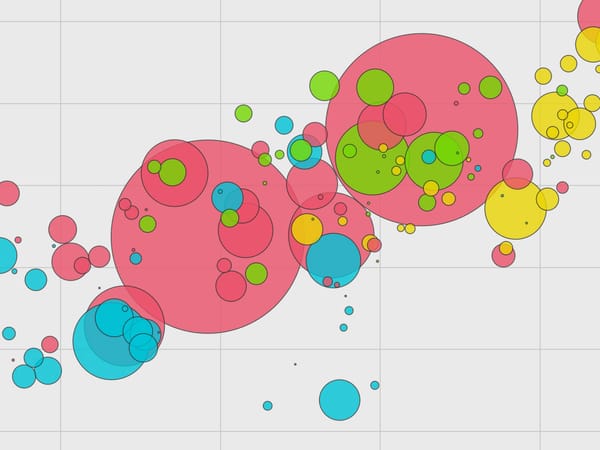Border Crossings
On decolonizing design, with Dori Tunstall
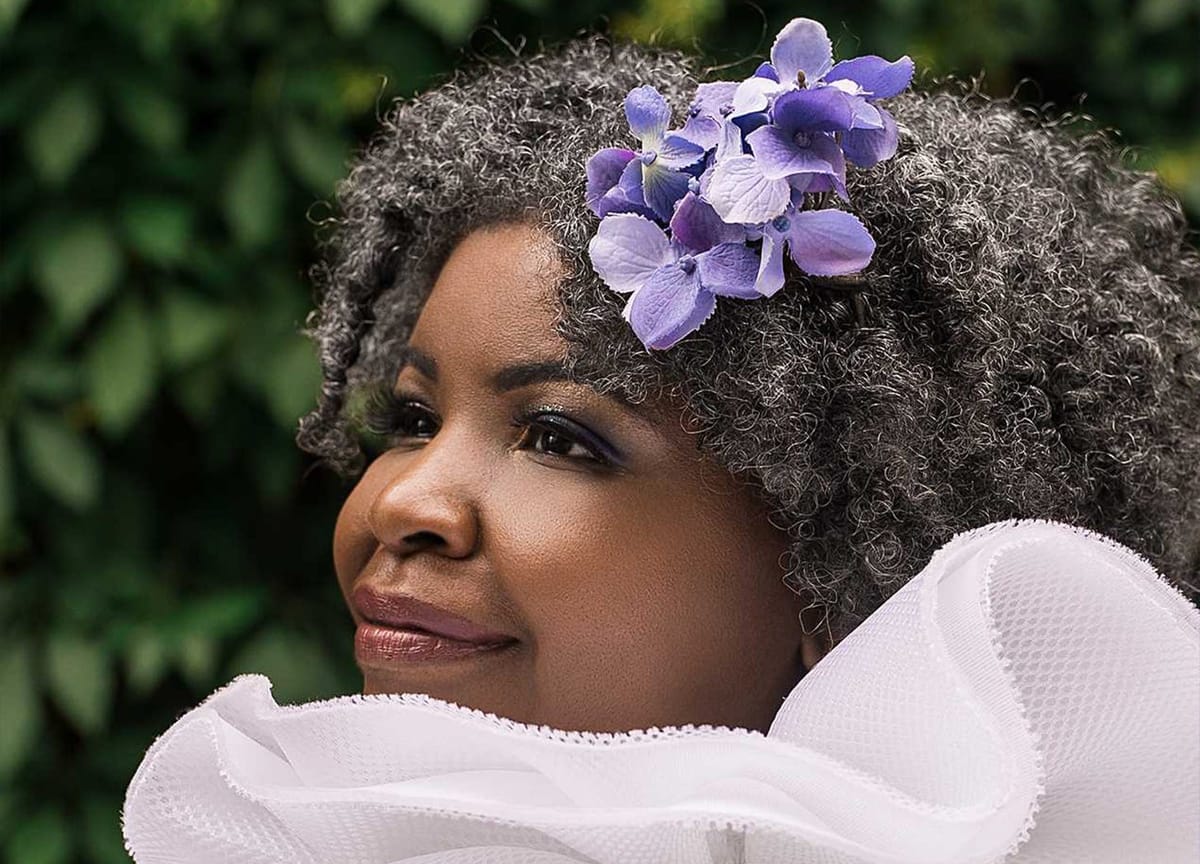
Hi everyone,
Last week I spoke with Dori Tunstall, a researcher, writer, and dean of the Faculty of Design at OCAD University here in Toronto, about her new book, Decolonizing Design: A Cultural Justice Guidebook, which you can order via Bookshop.org in the US or Type Books in Canada. The slim, engaging volume leverages her experiences at companies and educational institutions in the United States, Australia, and Canada to argue that the modernist theories and practice of design are entwined with colonialism. It also suggests ways of being, working, and relating that can begin to transform design institutions to “better reflect the lived experiences of Indigenous, Black, and People of Color communities.” We spoke about her early-career experiences in Chicago, what she learned about decolonization in Australia, and how OCAD U rewrote job descriptions to both draw in better candidates and learn more about how their lives and work intersect. The conversation has been lightly edited for clarity.
This is the first interview Frontier Magazine has published since launching the newsletter six weeks ago, but it builds on several years of inspiring conversations. If this issue interests you, you may also want to read my conversations with curator Gerald McMaster on Indigenous ways of seeing, with entrepreneurs Jade Akintola and Roger Dupé on starting companies that redress their industries’ oversight of Black consumers, or with user-interaction designer Gabriel White’s context-specific work in Africa and South America. In the months to come, you can expect many more stirring conversations on design, equity, and joy. See you next week.
Love all ways,
Brian
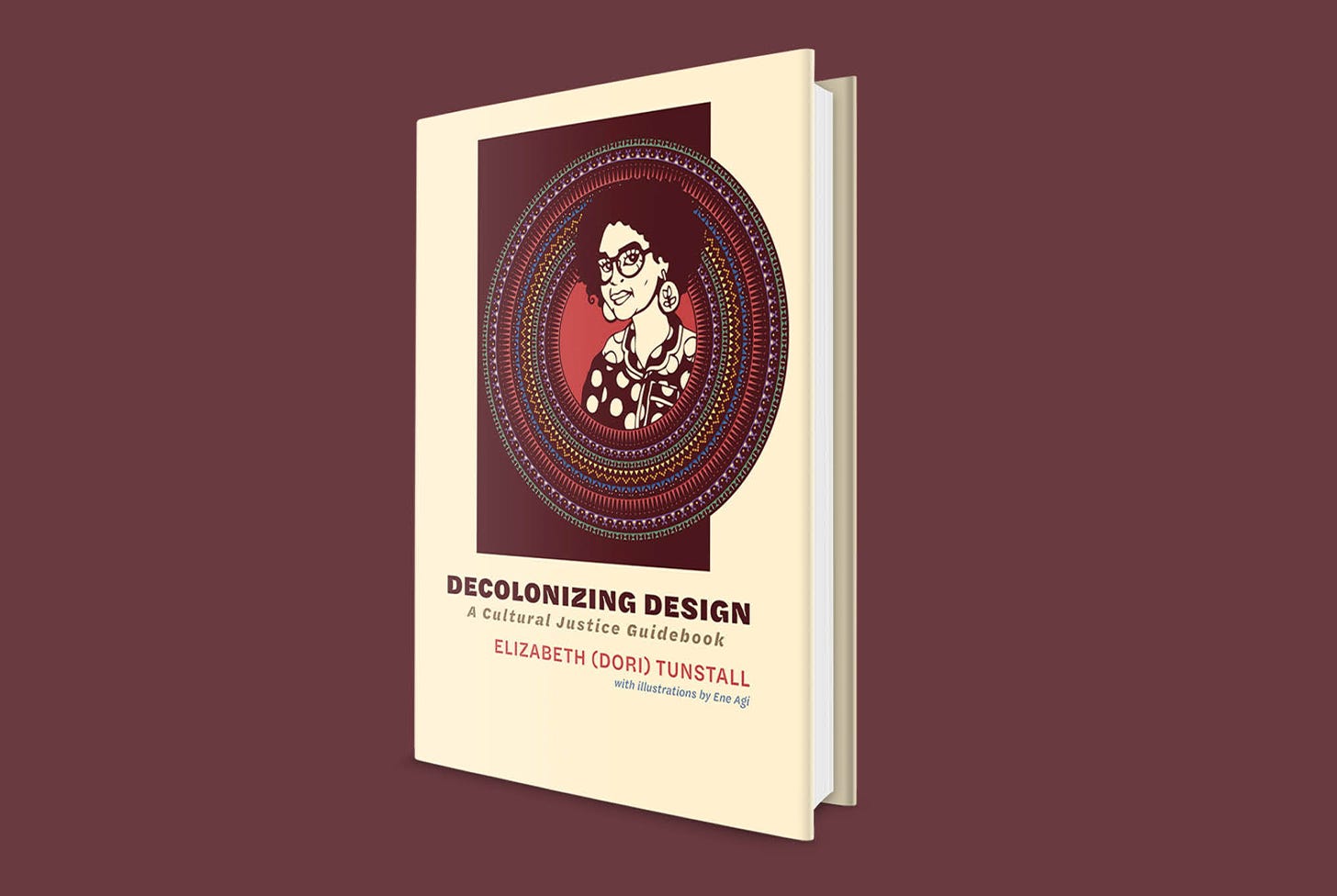
BS: You moved to Chicago after finishing your PhD and had what I think were your first design-related work experiences, in both business and academia. What realizations defined your experience of that city?
DT: I grew up in Indianapolis, so Chicago was “the big city,” where we took our field trips. When I moved there I thought everything was possible! Now, when I look back, I laugh and wonder how I could be so naive. I guess it was the excitement of the tech sector. There was so much energy (and money!) at that moment, when everyone was preparing for the armageddon of Y2K. I wanted to be in the city, be part of this newfangled internet thing, try to make it work for communities that newfangled things don’t usually work for.
Within a year I knew those hopes, and much else, were going to fall apart. Liberation through technology was not going to happen. The city’s structural racism, and my position within that, dampened my excitement. The sense of lost opportunity I felt was real. Today we’re getting back to some of that optimism around tech, and involving ethics in our conversations about new technologies like AI. But maybe now our optimism is tinged with a little cynicism.
BS: One of my favorite takes on optimism, from Morgan Housel, suggests that it isn’t premised on linear progress. Instead, you trust setbacks will motivate people to find new, better solutions. And those motivated people are what you should be optimistic about.
DT: My attraction to design has to do with that. It’s a practice about exploring all the possibilities, right? When I talk about lateral thinking, it’s about making an adjustment over here to create a new scenario. If I just move over to the side, I might find a different solution.
BS: That sounds like the start of the pendant book that goes along with this one, which is about your experiences and about principles and proposals for decolonization. But I also wanted to read more about why you still value design, why—
DT: Design’s redemption story? [Laughs] It was important for this book to be critical, but every story I tell in it ends with, “This is how it could be done.” People are interpreting that as practical, which is part of my intention, but it is also about being optimistic.
BS: Like you, I’m an American in Canada, and I too had to learn how conversations about inequity and justice in this country revolve around Indigenous-settler relations rather than slavery and Black-white relations. Though you spent years in Australia, can you talk about the shift in mentality from the United States to Canada, and what lessons it encouraged you to learn or re-learn?
DT: The beautiful thing is that I did have the Australian experience. There the Black voice is not the prominent voice for social and economic justice; I had to sit down in the face of Indigenous communities and Nations who had better claims for seeking justice. Without that, knocking down my African American arrogance would’ve been a much harder journey!
The only time I experienced racism in Australia was when I was mistaken for an Aboriginal or Torres Strait Islander woman. So, coming into Canada, I had already cultivated the humility to understand that the important voice of social, economic, and cultural justice is the Indigenous voice. What I needed to figure out was how I assist in the struggle. How could I use my position as a leader at OCAD U to put Indigenous first? I learned so much from my wonderful and generous colleagues and from communities that had worked hard to create a sense of accountability.
BS: That answer aligns with what I took from your book to be the atomic unit of decolonization: self-preparation. Can you talk about using one’s own speech and actions as a way to prepare the ground for decolonization in an environment not yet ready for larger change?
DT: The important thing is to remember everything is relational. To be in relationship with people, you have to understand why there can be well-deserved mistrust and you have to know who you are. To engage with someone else’s history you must know your own history, so you can understand the places where those histories intersect.
To be in relationship means to be vulnerable, to have humility, to be open to learning there are different ways of doing things, different ways of being. That journey is less frightening when you are deeply grounded in yourself. As I write in the book, I still mess this up often. You want to react from a place of truth, not fear. That’s what builds strong relationships.
BS: One section of your book is pointedly titled “DEI Is Not Decolonization.” In a business context, I feel like the latter term is nowhere close to superseding the former. Can you say why you think it should, if indeed you do?
DT: DEI is partly about bringing more diverse people into institutional structures. The tension arises when doing so begins to actually change those structures.
Decolonization is not about bringing Indigenous people in. Decolonization, in some ways, requires the systematic dismantling of the way you operate, the way you show up in the world, who owns the land, who controls the decision-making around resources. It’s a fundamental shift in structure and power that many institutions are not ready for.
To put it in a Judeo-Christian context, in Canada and other places the harm that has been done to Indigenous communities and nations is the original sin. So unless you’re addressing, atoning for, and making amends or reparations for the original sin, you’re not achieving real equity or justice. You’re just bringing making more people complicit in systems of harm. That can be hard to hear for people who have power to preserve.
BS: Let’s talk about bringing people in—specifically the cluster hires undertaken in recent years at OCAD U. For me, the innovation is in reimagining what counts as a qualification for applicants. You and your colleagues hit upon a model of lived experience, community, and work. Can you elaborate upon that?
DT: That was an evolution. The first part was lived experience: by writing that into job descriptions and the interview process, we noticed a miraculous shift in the way our candidates approached the process. People in the final interview stage would tell us their life story—it gave us such a richer sense of them and their motivations.
When we did our first cluster hire, which focused on Indigenous people, we added the connection to community. It was a way to help us avoid candidates who “ticked a box” but whose identity didn’t show up in their relationship to their community. And as we progressed, we realized we needed to add the element about how their identity shows up in their work, too.
During our latest hire, one candidate said, “Even if I don’t get the position, I’m grateful because this is the first interview situation where I could talk about who I am, where I come from, and why those things matter to the work I do.” Candidates can sense that we’re trying to embrace all that they can bring to the university. We don’t want to extract your skills and knowledge, divorce them from why you’ve cultivated that knowledge and how those skills are meaningful for you and the communities you embrace.
Ideally, this moves beyond box-checking, surface-level diversity toward deep diversity: difference in life experiences and perspectives, difference in how they engage in the design fields.
BS: At Frontier, we place an emphasis on the word joy when it comes to design, and you use it, too, often accompanied by the word liberatory. Can you talk about designing experiences and products to be joyful, or about designing them in such a way as to bring about joy? Why is that word important to you?
DT: Well, I think of happiness as something that fluctuates, often with an individual’s mood. I’m interested in joy because it tends to be a collective experience. It’s also why I’m interested in design: one way I think it’s distinguished from art is that it focuses on the collective, whether we call it the “user” or the “audience.” It’s an external focus and about embracing more people.
Being African American and coming from a community still steeped in the experience of enslavement, it feels to me that joy should be a defining characteristic of the things we make. It shouldn’t be efficiency, to take one common design ideal. Designers should ask, how am I creating collective joy? To do that, you need a sense of being free. It might be the tiniest pinhole of light, the potential freedom you have, but you focus on that light to survive, and to allow the future to survive in ways that the oppression around you cannot take away.
We design a lot of stuff for efficiency, so that we don’t have to work as hard. That would be great if we spent the time we saved in more joyful engagement. But we typically don’t. The more efficiency we have, the more we work at things that don’t bring us joy. I’m interested in how designers can instead bake the value of joy, can bake the value of liberation, into the things they make.
🔗 Good Links
- 🇳🇬 An interview with Nifemi-Marcus Bello and Tunde Wey on Lagos’s “anonymously designed” objects (via the great Scope of Work newsletter)
- 📞 The insightful literary critic Ismail Muhammad on ’’culture as a centuries-long game of telephone”
- 🍃 Robin Wall Kimmerer: “The refusal to be complicit can be a kind of resistance to dominant paradigms, but it’s also an opportunity to be creative and joyful”
- 🔨 Simon Sarris: “The act of creation causes imagination, not the other way around. To understand this is to understand the ecology that fosters the unique.”


